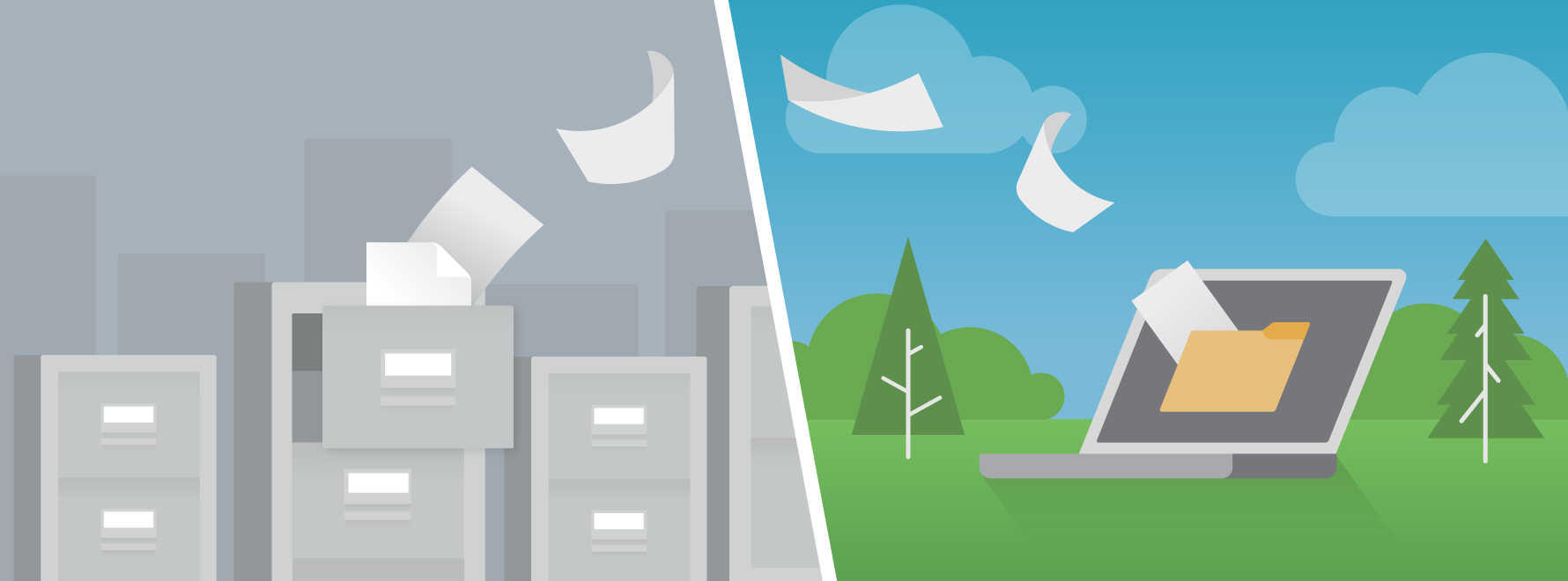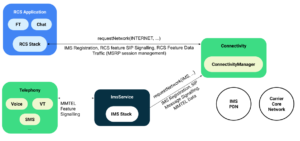It was back in the late 1970s when the ‘paperless society’ was first envisioned, but well into the 21st century we could be forgiven for thinking that we’re as far away from ‘going paperless’ as ever.
That said, more offices and business environments are – if not going totally paperless – at least drastically reducing the amount used. For those determined to go paperless it’s certainly possible, largely thanks to advances in tech.
For example, modern accounting packages can incorporate check printing to order so they’re generated as and when required rather than having company check books lying around.
Here are five ways to go paperless:
1. Make the commitment
A primary reason for organizations not going paperless is in failing to commit properly to it; a general ‘let’s try to use less paper’ is too vague and not likely to prompt action.
Instead, results are far better when management commit to it and institute a plan with some objectives and maybe some incentives. It’s also important to show staff the benefits to them of going paperless to act as a motivator to getting the job done.
If you show a few facts and figures for paper use to your workforce this could help them understand the value of going paperless since the average U.S. office worker uses some 10,000 sheets of copying paper each year.
It’s important to put facilities in place (if required) for going paperless. For example, if it entails digitizing old records that need to be retained, then providing departments with a scanner able to handle higher volumes of paper would be important.
2. Document sharing
Instead of printing several copies of a document and then reprinting it for everyone as and when it alters, digital document sharing platforms such as Google Docs can replace paper.
It’s easy for everyone concerned to access the same document and see edits in ‘real time’ and also view previous versions if needs be.
There are various document sharing options available suited to businesses of all sizes and types.
3. Paperless finances and invoicing
As touched on above, finance and accounting software can help at least reduce paper but ‘going digital’ with invoicing can further reduce the paper mountain.
If your customers agree, supply them with a digital invoice and by turn ask your suppliers if they offer digital invoicing and payment facilities. It reduces overheads too; no more mailing checks and paperwork.
4. Digitize records
To start with, it’s worth assessing just how important old paperwork is and whether it needs retaining. If it does, then digitizing it by scanning and storing it on hard drives or in the cloud will save space and time spent retrieving it when required.
To start with, it may seem daunting having to scan piles of old paperwork but bear in mind that, once completed, you’ll be able to dispose of potentially stacks of old paperwork.
Repetitive manual scanning could perhaps be outsourced to people looking for some short term work such as students rather than tying up your staff on such a time consuming (yet worthy) task.
5. Paperless communications
It’s possible to replace much of general paper handouts and forms with a digital alternative thanks especially to commercial platforms.
For example, rather than HR supplying various paper forms to fill in for leave requests and the like, employees can log into a platform to complete and submit forms digitally.
Training materials can be accessed through the training portal; read and (where necessary) written on digitally rather than on paper and, of course, memos to relevant people can be sent via intranet and other internal communication methods rather than being printed off for each recipient.
Environmental benefits
An organization that goes totally – or at least mainly – paperless is certainly ‘doing their bit’ for the environment; it’s estimated one billion trees worth of paper is thrown away every year in the U.S. alone. The practical steps above can ensure we all do our bit to make a difference.






More Stories
dji pocket 3 vs. Competitors: Which Gaming Console Reigns Supreme.
What Are the Most Common Sources of Waste in the Business World?
6 Tips for Designing the Perfect eCommerce Website